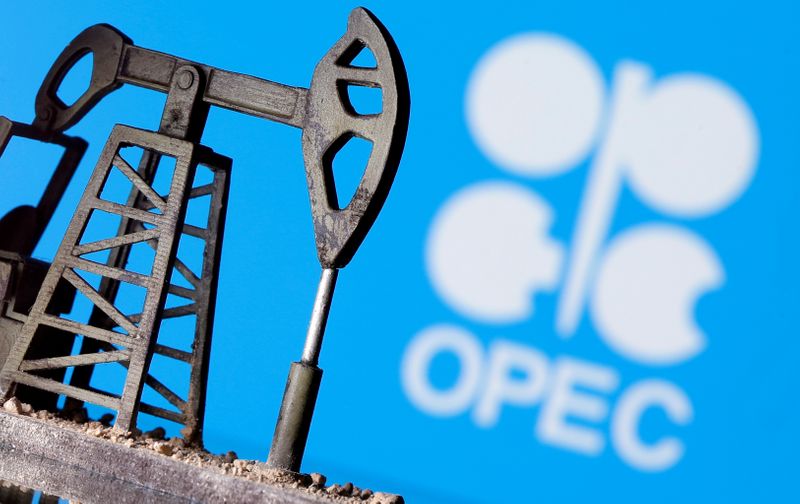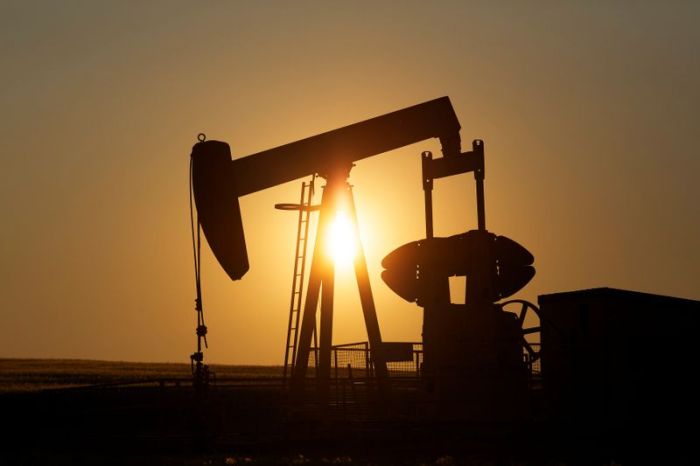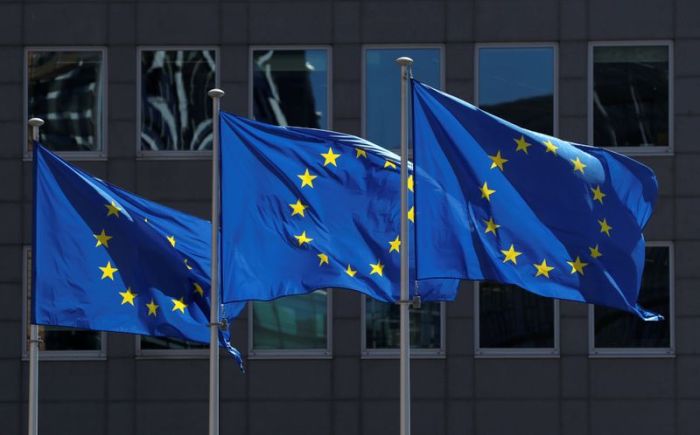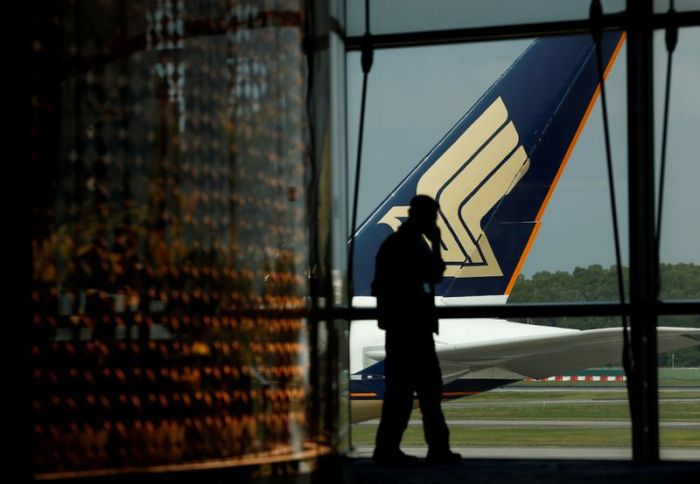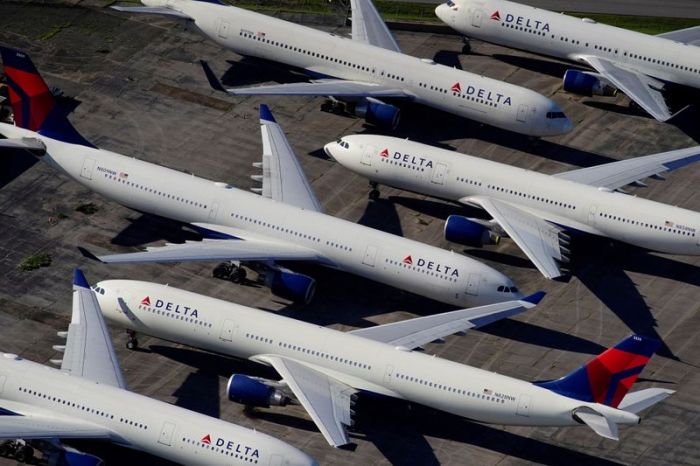LONDON/DUBAI/MOSCOW (Reuters) – OPEC and allies such as Russia agreed on Wednesday to ease record oil supply curbs from August as the global economy slowly recovers from the coronavirus pandemic but said a second wave of the virus could complicate rebalancing in the market.
The Organization of the Petroleum Exporting Countries and its allies, known as OPEC+, have been cutting output since May by 9.7 million barrels per day, or 10% of global supply, after the virus destroyed a third of global demand.
From August, cuts will officially taper to 7.7 million bpd until December. However, Saudi Arabian Energy Minister Prince Abdulaziz bin Salman said the effective curbs would be deeper because countries which overproduced in May-June would make extra cuts in August and September to make up, so total cuts would end up amounting to about 8.1 million to 8.3 million bpd.
“As we move to the next phase of the agreement the extra supply resulting from the scheduled easing of production cuts will be consumed as demand continues on its recovery path,” Prince Abdulaziz after a meeting of a ministerial advisory panel to OPEC+, known as the JMMC.
He said Saudi oil exports in August would remain the same as in July because about 0.5 million bpd of extra barrels the kingdom was set to pump would be used domestically.
Oil prices <LCOc1> have recovered to almost $43 a barrel from a 21-year low below $16 in April.
The recovery has allowed some U.S. producers to resume production. Russia and OPEC rely heavily on oil revenue but they will be keen not to push prices too high to give a further boost to rival U.S. oil output growth.
On Tuesday, OPEC said it saw demand recovering by 7 million bpd in 2021 after falling by 9 million this year.
However, fears of a second wave of coronavirus are weighing heavily on the market and OPEC+ said in documents seen by Reuters that “a second strong wave” could deepen the hit to demand to 11 million bpd this year.
Under such a negative scenario, OPEC would fail to address a huge global stocks overhang by the end of the year, it said.
Such a scenario could also put in jeopardy OPEC’s plans to supply an extra 6 million bpd of crude to the market next year.
“The expected forecast draws are at the mercy of the outcome of the COVID crisis and could be weighed down further by the prospect of Libya’s production coming back,” said Paola Rodriguez-Masiu from Rystad Energy.
Production from Libya, an OPEC member exempt from output cuts, has been hit because of the turmoil in the North African country, but the national oil company is working to pump more.
“The Americas region could throw a spanner in the rebalancing act as daily infections continue to rise and some states consider new restrictions,” Rodriguez-Masiu added.
OPEC+ holds the JMMC meeting on Aug. 18.
(Additional reporting by Alex Lawler and Olesya Astakhova, writing by Dmitry Zhdannikov; Editing by Louise Heavens and Emelia Sithole-Matarise)

